In our last episode, we shared the wonders of Dr. Elaine Ingham’s Soil Food Web Intensive course. Today, we’ll continue with more tidbits and tricks that will help you build better compost (and compost tea) for a healthier garden.
In my opinion, every gardener should have a compost bin. It’s not only the best way to reduce what goes in the garbage, it’s the best way to improve your soil for all eternity.
What is compost?
I’ve said it before, but it bears repeating: think of compost as an inoculum rather than a fertilizer. Compost, if made correctly, is full of good microbes: bacteria, fungi, protozoa, nematodes, etc. Those microbes provide the nutrients and, more accurately, the ability to make nutrients in existing soils available to plants. On it’s own, compost is actually very low in nutrients. It’s all about the microbes!
There are many ways to compost; it’s a science, in fact. Sure, you can just throw things in a bin and it will decompose over the next couple of years into microbially-rich compost. Just be careful of creating compost full of anaerobic bacteria. If it stinks like garbage – it’s anaerobic (add more brown/carbon/mature biomass if this is the case).
Another take on cold composting
Dr. Ingham suggested a new approach to cold composting called a Static Pile. It’s pretty straight forward: make a big pile with a 50/50% mixture of wood chips and green waste (grass clippings, tree trimmings, etc.). Get a bunch of small flags (such as the lawn flags you find at irrigation or hardware stores). Whenever you have kitchen scraps, dig a hole in the pile of wood chips about 1-2 feet deep and stuff your scraps in there. Cover it up and mark with a flag. Next time, pick a different area and mark it when you’re done. Continue this until the pile is filled with pockets of green waste. Oh, and water the pile. The wood chips will keep the pile from going anaerobic, and when it’s done breaking down you’ll have fungal-dominant compost.
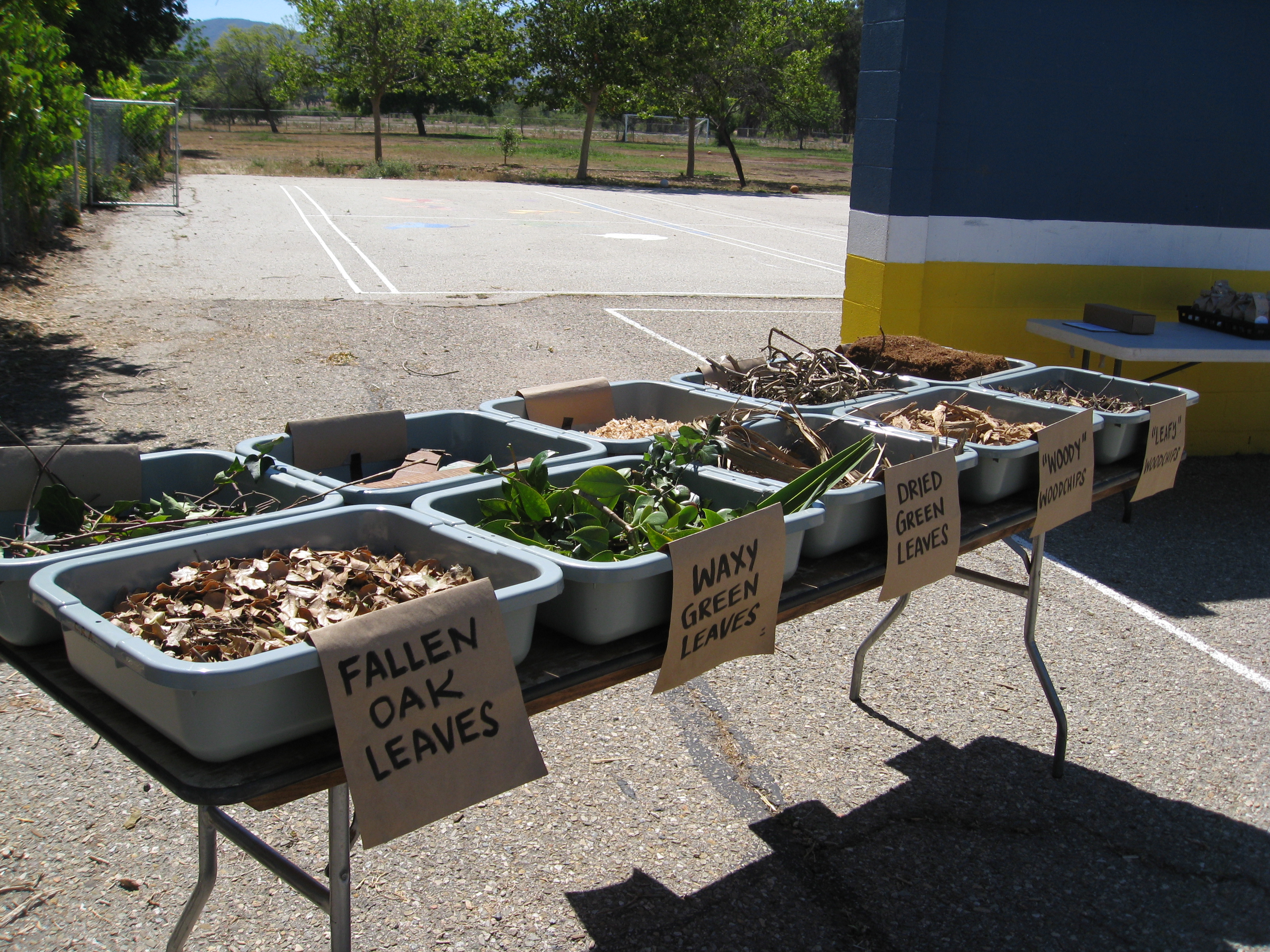
Hot composting
If you’re serious about your garden, I highly recommend looking into Active Batch Thermal Composting. Thermal compost piles are created all at once, cold compost piles are created over time (like most of us, adding kitchen scraps and garden waste to a pile every few days). Both can be effective, it just takes a different approach.
We’ve explored formulas for hot composting (Active Batch) before in Gardening for Geeks. For fungal-dominant compost it’s basically this: more browns than greens, with some high nitrogen ingredients to kick up the temperature. During the SFW course, we used this ratio:
- 10 5-gallon buckets total:
- 3 buckets green (immature biomass – leafy)
- 6 buckets brown (mature biomass – woody)
- 1 bucket high nitrogen (in this case alfalfa)
2 batches of this recipe made up one large compost bin
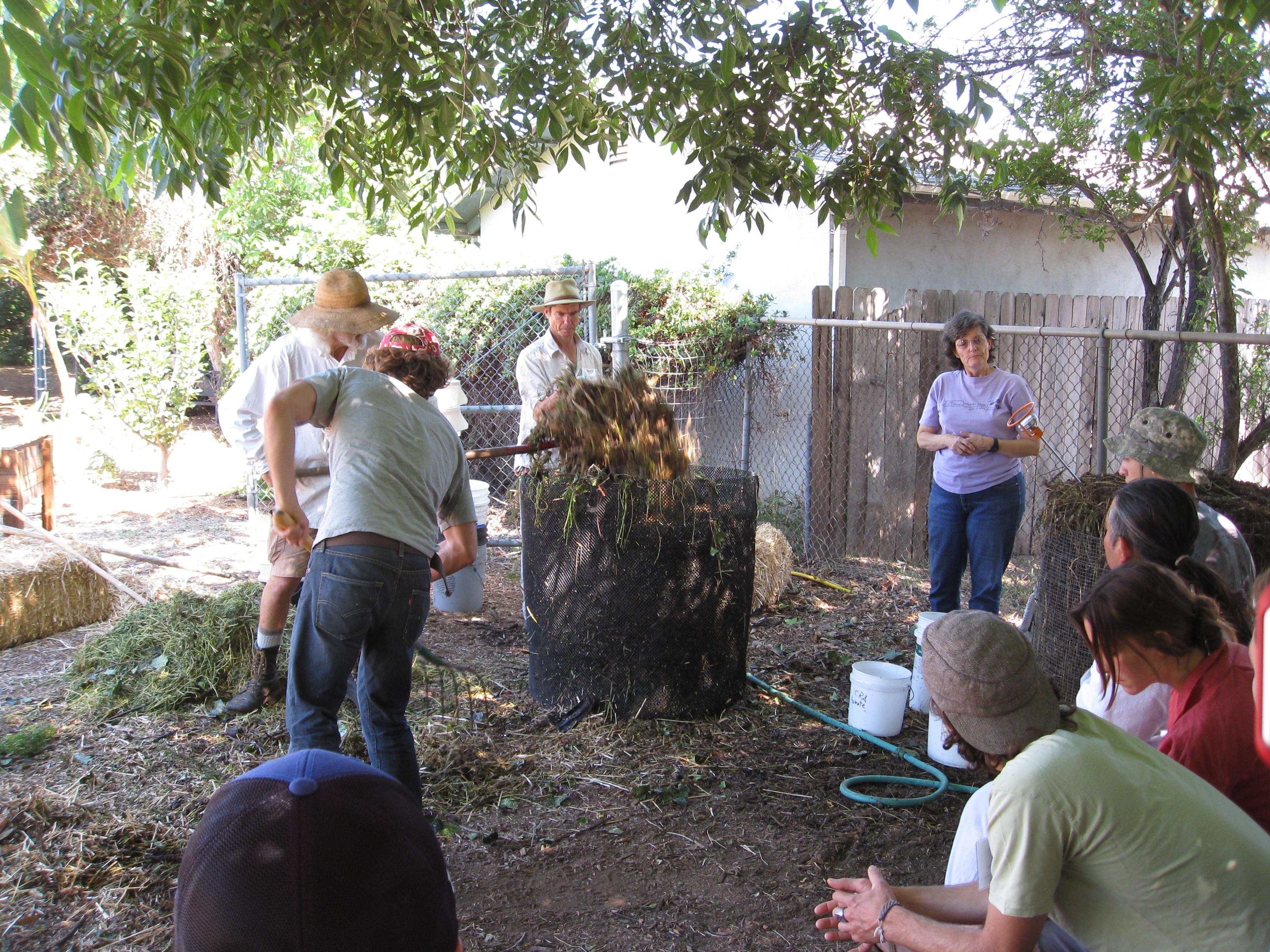
Build the pile in layers, watering the ingredients as they are added to the pile. Water is a key ingredient in this recipe. Microbes need moisture to begin the decomposition process.
Here are some other takeaways from the day:
Takeaway #1: City water is chlorinated (or chloriminated in most places). Chlorine off-gases, but chloramine stays in the water. Both kill microbes. Humic acids (you can buy them or extract your own from your compost) added to the water will break up these bonds and dissipate the chlorine and chloramines, making the water safe to use when building compost piles. Use a hose-end sprayer with humic acids to wet down the ingredients as you build. You can also use humic acids when you water your garden (it’s a fungal food), and add a drop of humic acids to complex your water when you make compost tea. Rain water doesn’t require complexing before use.
Takeaway #2: We compost “compostable” and “biodegradable” products in our bins, but I’ve always wondered about the fact that most of these products (like corn-based forks and spoons, for example) leave behind genetically engineered DNA residues. Dr. Ingham informed us that GMO DNA sequences are completely decomposed as long as the compost or worm castings (whichever you are making) are completely broken down. Good news! So if you compost these products, make sure your compost is completely finished before using it.
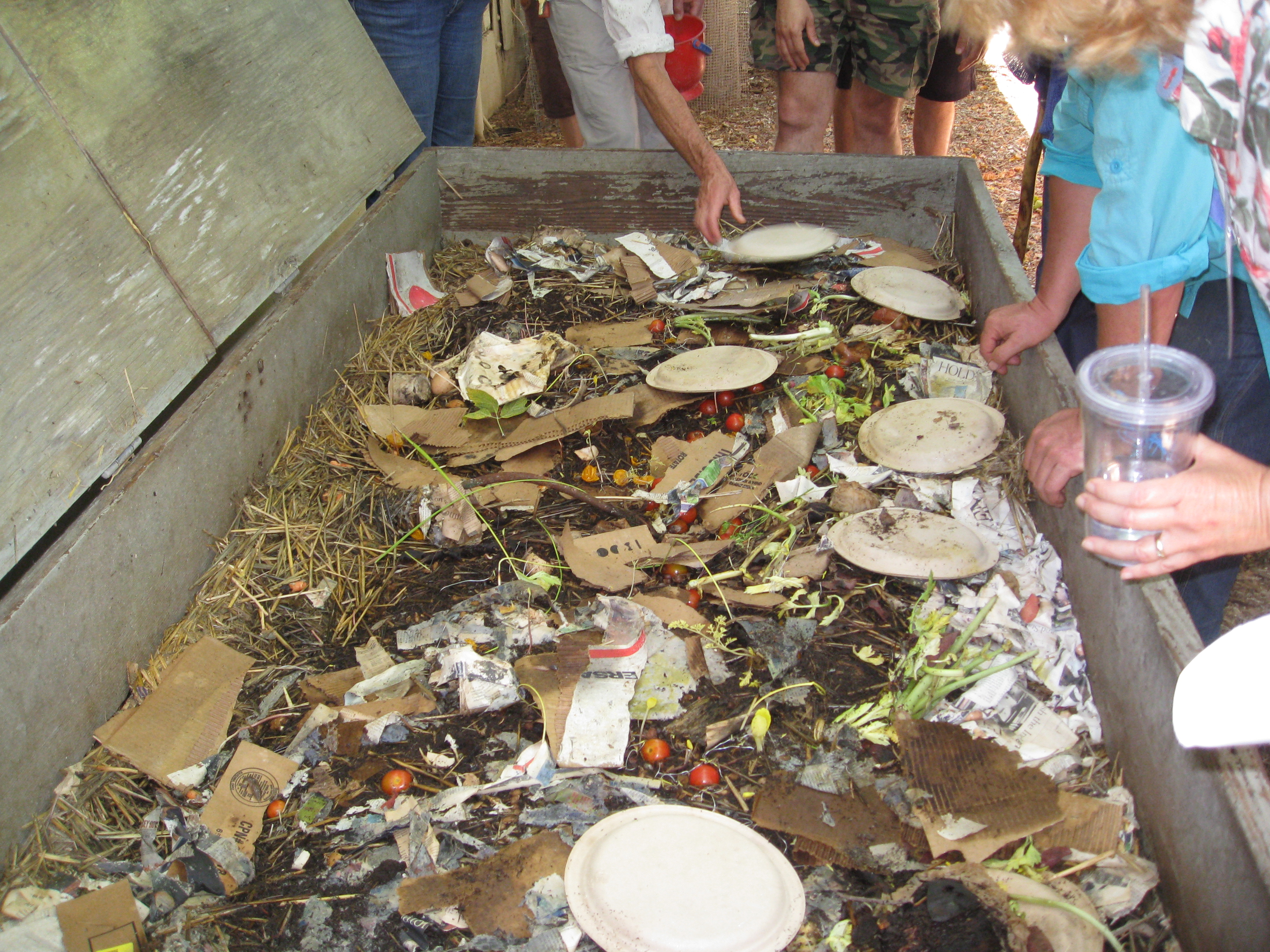
Takeaway #3: Save some big un-decomposed pieces from previous compost piles to inoculate your new pile. Those wood chips will be covered with microbes and will help kick start your pile. There is no need to buy compost starter. If you don’t have old biomass from a previous pile, throw in a shovel full of soil.
There is so much more that I’d love to share, but it gets really technical from here. Perhaps we’ll do a Part 3 to delve into the microscopy class in the near future. For now, go forth and make great compost!

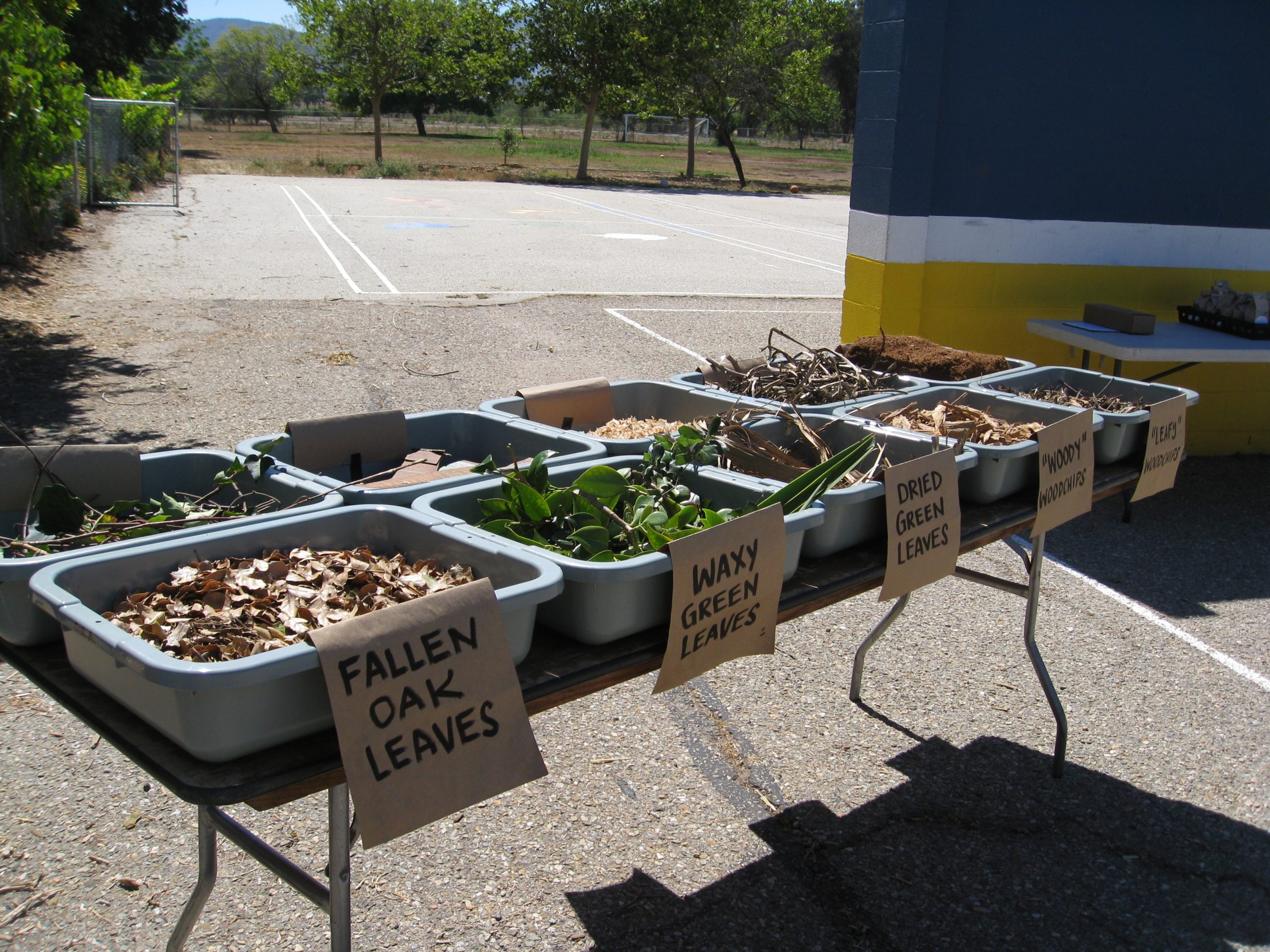

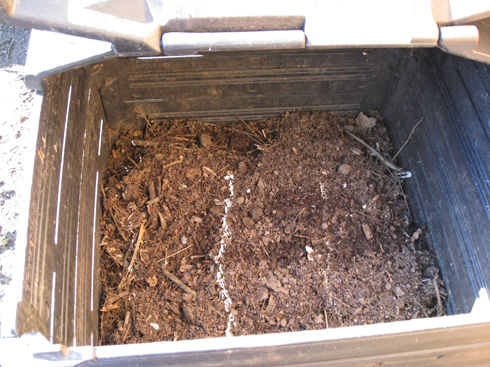
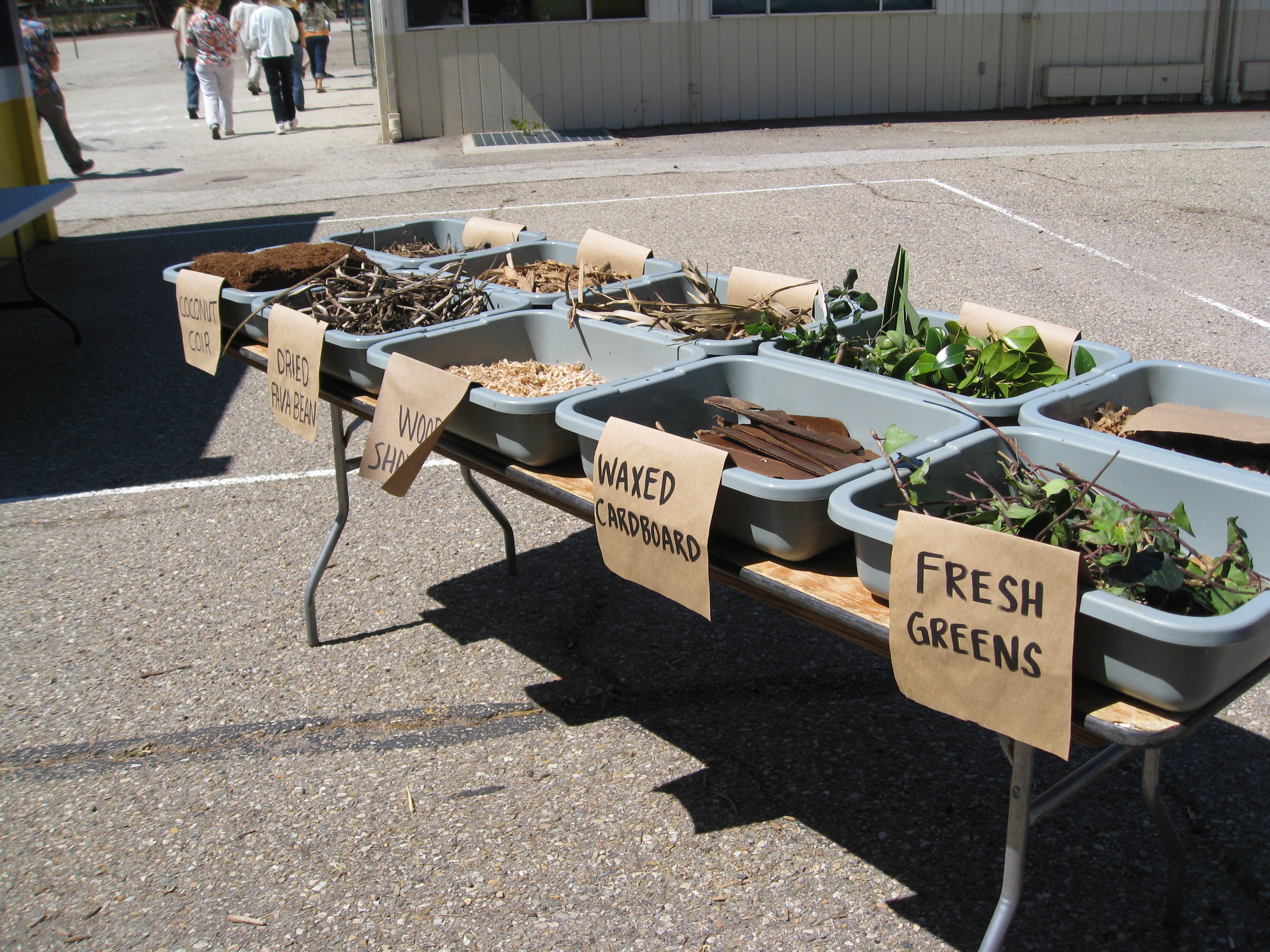
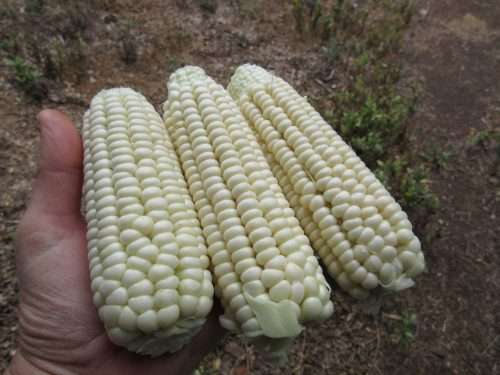
Pingback: YouTube: Kick Your Compost into High Gear - Hot Composting - Gardenerd
I see this article is from some time ago but I am trying to find out if the quality of static compost is the same as hot compost microbe-wise. I know that a hot compost kills pathogens and weed seeds. What would Dr. Ingam say about the microbial activity in static compost? Thanks
Rob, are we talking aerated static compost piles? I’ve seen studies that those develop even more microbial counts than active batch. But I’ve never done it myself. I have a colleague who installed blowers under his compost pile and he’s seeing great results.
I have been wondering how do you store the excess thermophilic aerobic compost after you have made it.
Good question, Deborah. I usually sift the finished compost into a big rubbermaid storage bin. Then I apply it to each raised bed when I need it. I usually end up harvesting when I need it most of the time, so it all ends up in the beds at the beginning of a growing season. I try to keep the tub tucked away in the corner out of direct sunlight if there’s any left.
Hi, Would you mind dreadfully, if I copied and pasted some of your brilliant words onto my website please. I am tired, have too much on with Cornwall Climate Action Network, Cornwall Gleaning Network, Compost for Carbon Trials, Springfield Ag Conference and running out of time! I am promoting Elaine’s school and all those in the UK who have learnt from her.
It’s regenerativefoodandfarming.co.uk
Sure, as long as you link back to the article or cite the quotation as coming from Gardenerd.com, that’s fine. Thanks for spreading the word.
Please update part 3 of this course. I’m eagerly waiting
Thanks for the request. That course was awhile ago, but I’ve been writing about the effects of what I leaned in most of the blog posts since then. Many of our pest control articles feature solutions that involve stewarding your Soil Food Web. We’ll see if we can put together an article summarizing those details soon.
Pingback: Tackling Food Waste - Gardenerd